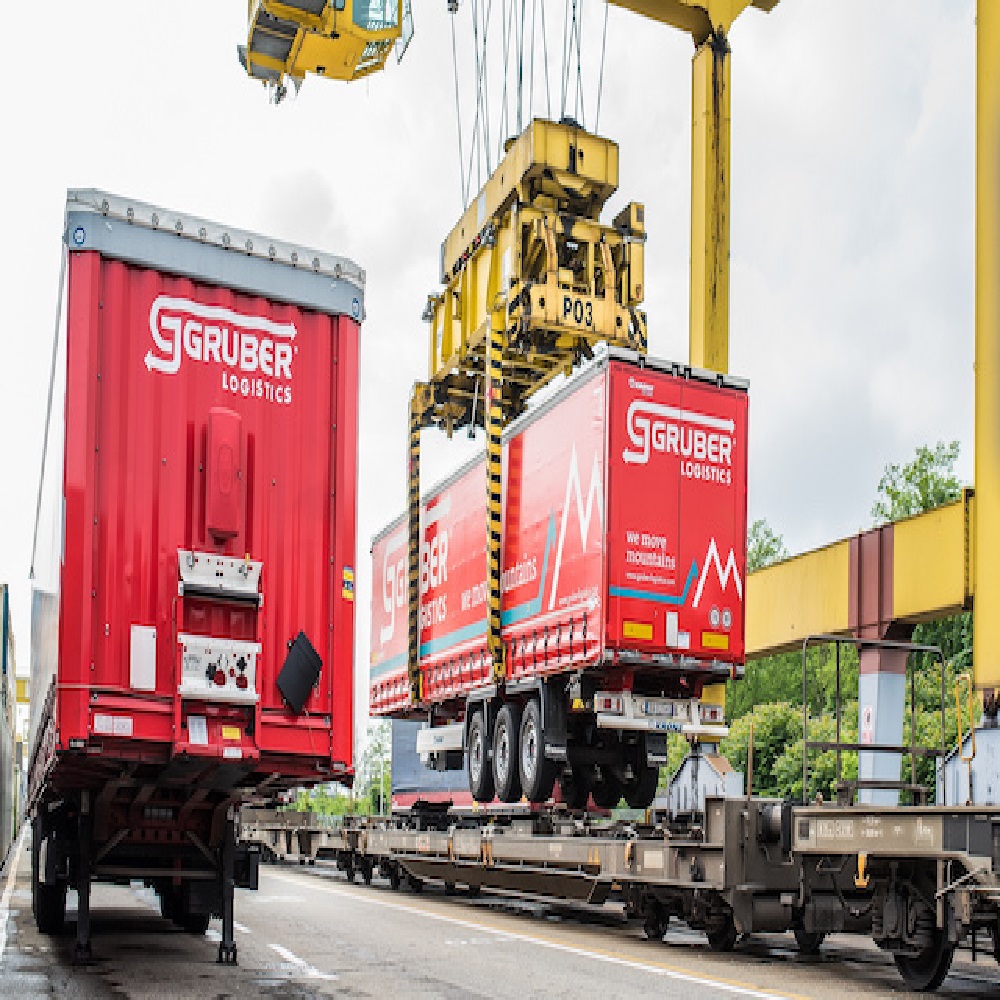Process automation in multimodal supply chains is the focus of the EU-funded AUTOSUP (AUTOnomous Multimodal SUPply Chains) project, which got underway at the beginning of June.
Transport company Gruber Logistics is working with a multidisciplinary team of 17 European partners to transform logistics hubs, like ports and intermodal hubs, into seamless, multimodal automated freight transport platforms. This project will significantly advance the industry's current state of digitalization and automation. Through its involvement in the initiative, which centers on the ports of Antwerp-Bruges and Trieste, the worldwide transport corporation is advocating for freight transport that is free of emissions and the related development of innovative business models.
Particular operating models for end-to-end multimodal logistics are being developed as part of AUTOSUP. The goal is to link roads, railroads, interior waterways, and airports with the ports of Trieste and Antwerp-Bruges, which are accessible from Turkey and via Germany. These two ports act as so-called "living hubs," where six use cases encompassing all current and future modes of transportation are used to assess the automation solutions' acceptability, cost-effectiveness, and efficiency.
Being a multimodal logistics service provider, we are essential to all B2B value chains and modes of transportation. Our goal is to automate multimodal connecting activities at the Trieste "living hub," which will be the center of our project. These links originate in Turkey, travel via the port of Trieste, and then proceed to Germany and the region of Antwerp-Bruges. Martin Gruber, CEO of Gruber Logistics, states that the company is dedicated to growing and has a physical presence in each of these nations. Automation includes not only choosing the shipping firm but also ordering the delivery, sending data throughout the transfer, and exchanging papers.
The smooth integration of load order transmission and transport decisions, automatic document exchange, and decreased labor costs are some advantages of this process automation, which is facilitated by Gruber Logistics. The project's overall goals are to lower operational and investment costs, strengthen supply chains, and lessen their negative effects on the environment.
Gruber Logistics has a system in place that offers data-driven assistance for introducing and putting into practice automated processes and solutions, as well as for making decisions on upcoming expenditures. The systems conduct feasibility evaluations, which involve varying degrees of automation, using digital twin simulations. This makes it possible to evaluate the effects on costs, the environment, and logistical performance.
According to Fabrizio Borgogna, innovation specialist at Gruber Logistics, "this project not only advances the digitalization and automation processes of the logistics sector throughout Europe, but also paves the way for fully automated hubs in key European nodes."

Categories

Magazine Editions



















